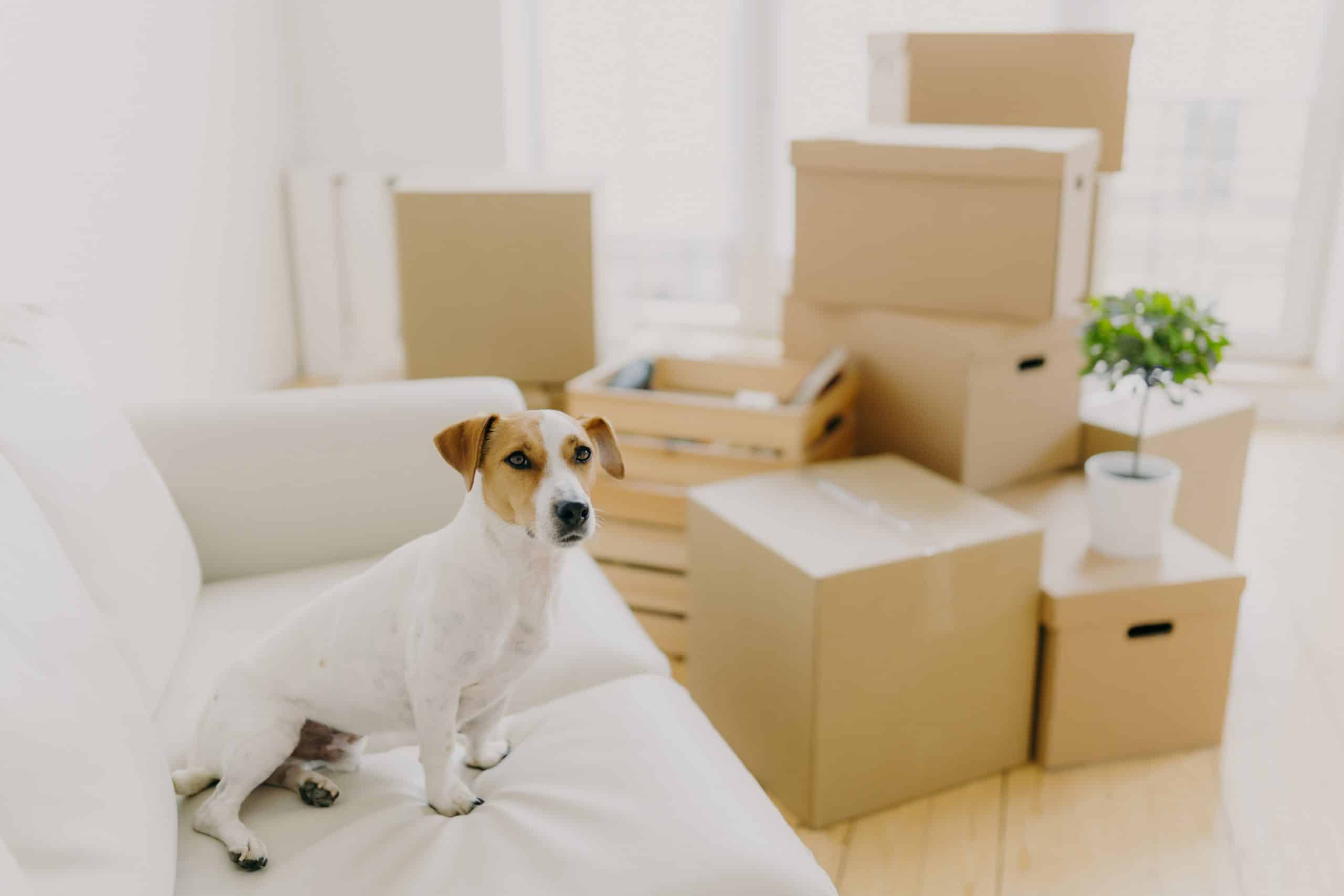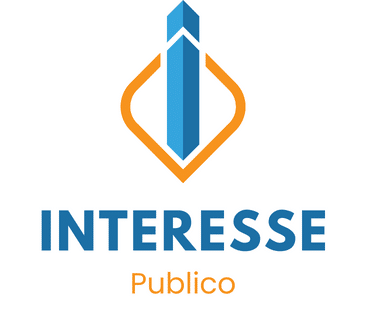How to Set Up a Comfortable Recovery Space for a Dog After Surgery?

If your furry friend has just undergone surgery, it’s critical to create a safe and restful space that promotes recovery. Depending on the surgical procedure, your dog may need several weeks to fully recuperate. During this time, your pet’s comfort, safety, and health should be your main concerns. With advice from your veterinarian and a few essential tips, you’ll be prepared to help your dog heal and restore its bounce and barks in no time.
Understanding Your Pet’s Post-Surgery Needs
After surgery, your canine companion may seem disoriented or anxious. The unfamiliar environment of a vet clinic, the pain from the incision, and the after-effects of anesthesia can all contribute to this state of unease.
In parallel : What Are the Best Gentle Grooming Techniques for a Dog with Skin Sensitivities?
Understanding your pet’s post-surgery needs is vital in speeding up their recovery. First, it’s important to have a clear grasp of your dog’s condition and the specifics of the surgery. Your veterinarian is the best source of this information. They can provide you with specific recommendations tailored to your dog’s needs, such as pain management strategies, dietary changes, and movement restrictions.
An important part of your dog’s post-surgery care will involve rest. The body heals most efficiently when it’s at rest, and your vet will likely recommend a period of reduced activity. During this time, your dog should be confined to a comfortable, quiet space. This is where a well-prepared recovery area comes into play.
Have you seen this : What Are the Key Signs of Nutritional Deficiencies in Tortoises?
Designing a Safe and Comfortable Recovery Space
Creating a recovery space begins with choosing a suitable location. The area should be quiet, warm, and free from drafts. It should be easily accessible, with no stairs or obstacles that might strain your pet’s incision or stitches.
A dog crate can serve as an excellent recovery space, especially for active dogs who might overexert themselves without confinement. Crates can help keep your dog calm and prevent them from licking or chewing at their stitches. It’s essential to make sure the crate is of the right size – your dog should be able to stand, turn around, and stretch out comfortably.
The recovery space should also have soft bedding to provide warmth and comfort. Be mindful of the materials you use, though. Some fabrics can snag on stitches or irritate the incision.
Monitoring and Managing Pain After Surgery
Post-surgery, your dog will likely experience some degree of pain. As their caregiver, it’s your responsibility to help manage their discomfort.
Your vet will prescribe pain medication to keep your pet comfortable during recovery. It’s crucial to follow the dosing instructions meticulously. Overdosing can lead to complications, while underdosing may fail to alleviate your pet’s pain.
Beyond medications, your presence and gentle touch can do wonders in alleviating your dog’s discomfort. Spend time with your pet, petting them softly and speaking in soothing tones. A familiar voice and gentle touch can be immensely comforting for a dog in pain.
Helping Your Dog Adjust to Post-Surgery Life
After surgery, your dog will need time to adjust to their new circumstances. Depending on the type of procedure, they may need to restrict movement, change their diet, or adapt to the discomfort of stitches or an incision.
The first few days after surgery are critical. Your dog may be disoriented due to the pain and the effects of anesthesia. During this time, it’s important to maintain a calm and quiet environment. Avoid loud noises and minimize visitors to prevent your dog from getting too excited or stressed.
Another critical part of adjusting to post-surgery life is dietary changes. Your vet may recommend a special diet to promote healing and recovery. It’s essential to follow these instructions to the letter, even if your dog seems to have lost their appetite. Regular, small meals can help to keep their energy levels stable.
Ongoing Post-Surgery Care and Monitoring
Long after your dog has left the vet clinic, it’s essential to keep a close eye on their recovery progress. Watch out for signs of infection, such as redness, swelling, or discharge at the incision site. Also, be vigilant for changes in behavior that might indicate pain or discomfort.
Regular check-ins with your vet are also crucial. They will monitor your pet’s progress, adjust pain medication as necessary, and eventually remove the stitches.
Post-surgery recovery can be a challenging time for both you and your pet. But with proper care, understanding, and patience, your furry friend will soon be on the mend. Remember, you’re not alone in this journey – your vet is there to provide guidance and support every step of the way.
Facilitating Physical Exercise and Mental Stimulation Post-Surgery
After surgery, your furry friend may need to spend extended periods in their crate or the recovery space. However, this doesn’t mean that physical activity and mental stimulation should be neglected. They are crucial for keeping your dog happy and stress-free during recovery.
If the vet has given the green light for limited movement, gentle leash walks can be beneficial. Remember, this isn’t the time for strenuous activity or chasing squirrels. The goal is to allow your dog to stretch their legs and enjoy a change of scenery without overexertion.
Mental stimulation is also key. Dogs are intelligent creatures who need to keep their brains active. Boredom can lead to stress, which isn’t conducive to a speedy recovery. Thankfully, there are many low-impact ways to engage your dog mentally. Puzzles, interactive toys, and even simple training exercises can keep your pet entertained.
Even though your dog has undergone a surgery, remember that they are more than their medical condition. They still have needs as a living, breathing, thinking creature. With your vet’s guidance, continue to provide stimulation that will engage their mind and body at a level suitable for their recovery.
Ensuring Your Dog Wears the Cone of Shame
A critical aspect of post-surgery care is the "cone of shame", or more formally, the Elizabethan collar. This cone-shaped device is placed around your dog’s neck to prevent them from licking or chewing the surgical site. This can be a life-saver in preventing infection and ensuring that the incision heals properly.
However, not all dogs take kindly to the cone. Your pet might find it uncomfortable, awkward, or even scary. But it’s important to remember that the cone is there for their own good.
Ease your dog into wearing the cone by introducing it gradually. Start by having them wear it for short periods while you’re present. Reward them for calm behavior with treats and praise.
Ensure that your dog is comfortable and able to eat, drink, and sleep with the cone on. If they seem extremely uncomfortable or distressed, reach out to your vet. There are alternatives to the traditional cone, such as inflatable collars, that might be a better fit for your pet.
Remember, the cone is not a punishment – it’s a tool to help your dog heal. With patience, positive reinforcement, and perhaps a dose of good-natured humor, your pet will adapt to the cone and recovery will proceed smoothly.
Conclusion
The process of setting up a comfortable recovery space for a dog after surgery can seem daunting. However, with a clear understanding of your pet’s needs, a bit of preparation, and a lot of love, you can create an environment that will help your pet heal.
Remember to ensure that your pet has a quiet, comfortable place to rest. Provide mental stimulation and gentle physical activity as directed by your vet. Don’t forget the importance of the "cone of shame" in preventing your pet from disrupting the surgical site.
Caring for a dog after surgery requires patience and dedication. But there’s nothing quite like the joy of seeing your furry friend regain their strength and bounce back to their old self. And when that day comes, you’ll know that every effort you made during their recovery was well worth it.
